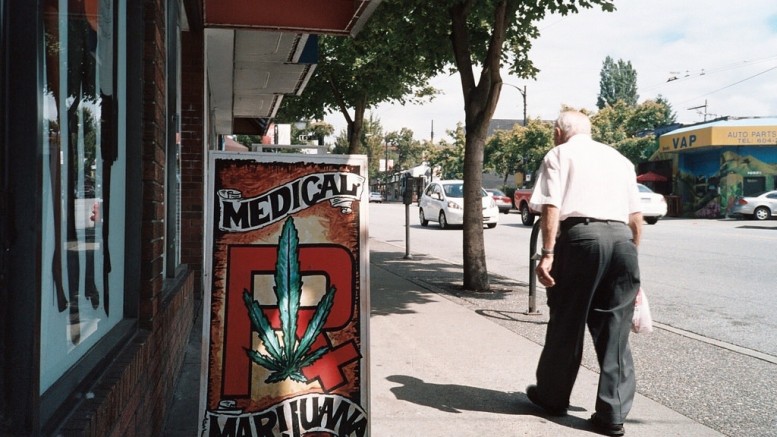The use of medical cannabis as a treatment for some critical illnesses is steadily gaining popularity in many parts of the globe. It is now available in various forms, each one with its own extraction process. This process is critical in isolating the desirable compounds, making cannabis fit for medical consumption. Here are some of the most common techniques used by extraction companies today:
Alcohol Extraction
In this process, alcohol is used to extract the useful components of cannabis. The plant is first soaked, usually in ethanol, under optimal temperature and pressure. In this condition, the ethanol can easily dissolve the oils, terpenes, and cannabinoids from the plant. The plant material is later removed, the resulting liquid is filtered, and the alcohol evaporated, leaving behind the active compounds of cannabis.
Many extraction companies prefer this process because it has no risk of leaving residual toxic chemicals in the final product, and the co-extraction of useful compounds is possible.
Butane Extraction
The end product of butane extraction is butane hash oil or BHO. Depending on its consistency, it can be in wax, shatter, budder, live resin, THC crystalline, or terpene juice form. Any of these forms can be purchased from a licensed dispensary.
The extraction process starts by placing the plant material inside a column with a screen on one end. Butane is passed through this column, bringing along the cannabinoids and terpenes from the plant. The solution then goes into a vacuum oven where the butane is evaporated back to its gaseous form and reclaimed for another cycle of extraction.
Butane is highly lipophilic and is readily absorbed by the lungs and brain upon inhalation, posing various health risks. As a precaution, the entire extraction process is done in a closed-loop system, whether full or semi-automated, to ensure workers’ safety. This setup has relatively lower equipment and operation cost, which makes it a popular method among extraction companies. However, extra precautions must be taken to limit residual butane in the final product to acceptable levels. This is verified after extraction with the help of third-party analytical testing.
Propane Extraction
Some manufacturers use propane instead of butane, producing propane hash oil. This process is similar to butane extraction, except that propane in liquid form is used instead. Higher pressure is needed to maintain the solvent in its liquid form, and a lower temperature is used because of propane’s lower boiling point.
Another option for manufacturers is using a combination of propane and butane in their process. The resulting product of a combined propane and butane extraction has a slightly broader chemical profile.
Carbon Dioxide Extraction
In this process, supercritical carbon dioxide is used to extract the active compounds instead of reagents. Supercritical is a state where both liquid and gas forms of carbon dioxide coexist simultaneously. It is achieved by using high pressure and temperature in the system.
The equipment cost in setting up a carbon dioxide extraction process is much more expensive, but the yield is much higher. It also has high selectivity. By changing the temperature and the pressure, specific compounds can be targeted. In addition, carbon dioxide can be recycled within the system, and any residuals in the final product would evaporate and cause no health risks.
Non-Solvent Extraction
These methods do not use chemicals or reagents to produce a cannabis-based medical product. They are much simpler to perform and less regulated.
Dry Sift
In this method, a three-chamber grinder is used to extract the kief from the cannabis trichome or “hair.” The first chamber is the grinder, where the cannabis plant material is placed. The second chamber collects the ground cannabis material, and the bottom chamber collects the kief.
Using Ice Water or Dry Ice
In this process, the cannabis flower is placed in ice water to freeze the trichomes. The mixture is then disturbed or agitated to separate the trichomes from the flower. Then, this concoction is filtered using progressively finer screens to recover the hash that is later pressed into cakes.
Using Pressure and Heat
Applying heat and pressure to the cannabis material using a press produces rosin, a popular form of medical marijuana. It is a simple but effective method in extracting the cannabinoids and terpenes from the cannabis plant material.
Medical marijuana now comes in all shapes and sizes, but most people are not aware of what made this possible. This lack of awareness could be partly responsible for some of the stigma that still troubles medical marijuana. With additional research and information, more people will appreciate the lengths that extraction companies go to provide safe and effective medical cannabis.
Author Bio
Sylvia James is a copywriter and content strategist. She helps businesses stop playing around with content marketing and start seeing the tangible ROI. She loves writing as much as she loves the cake.
